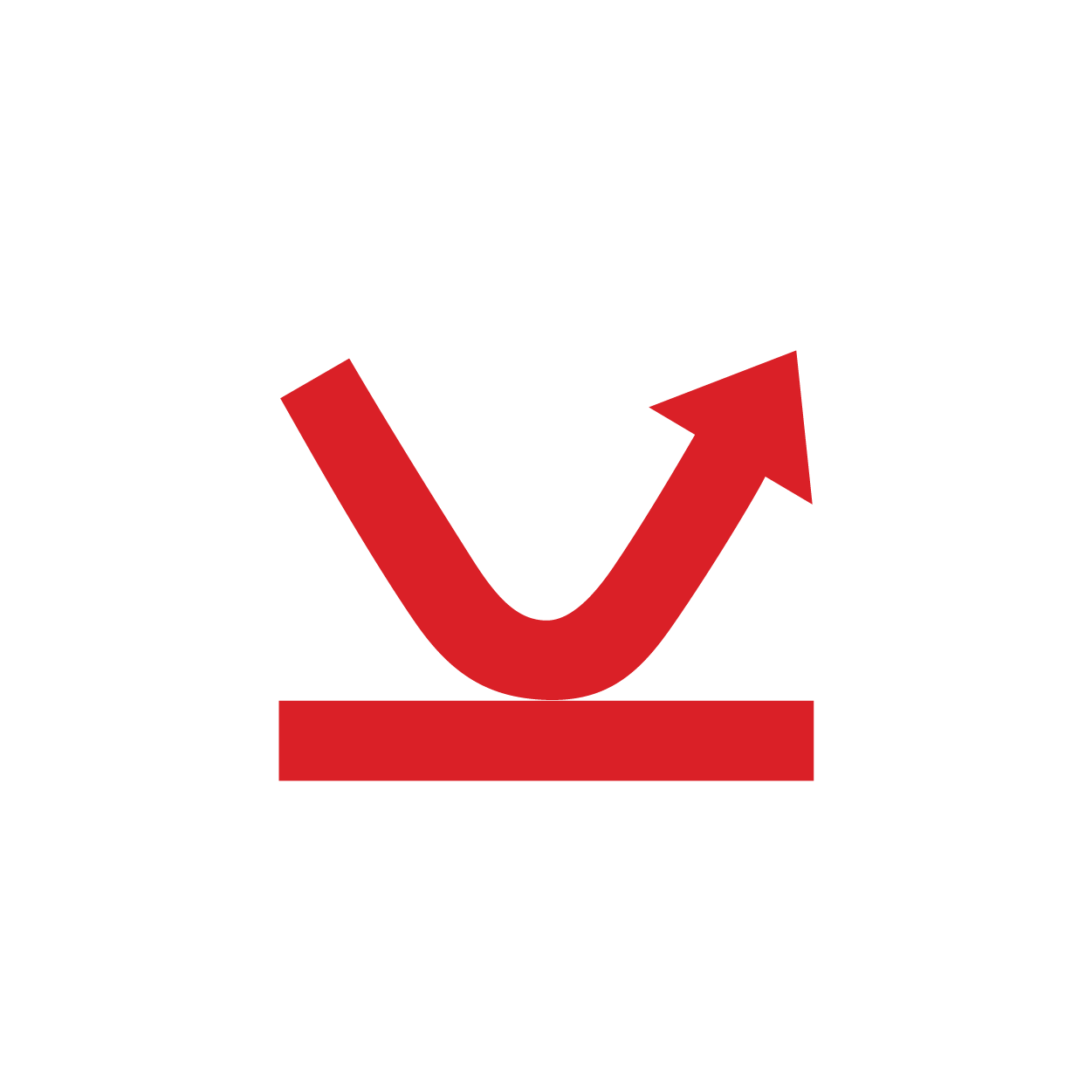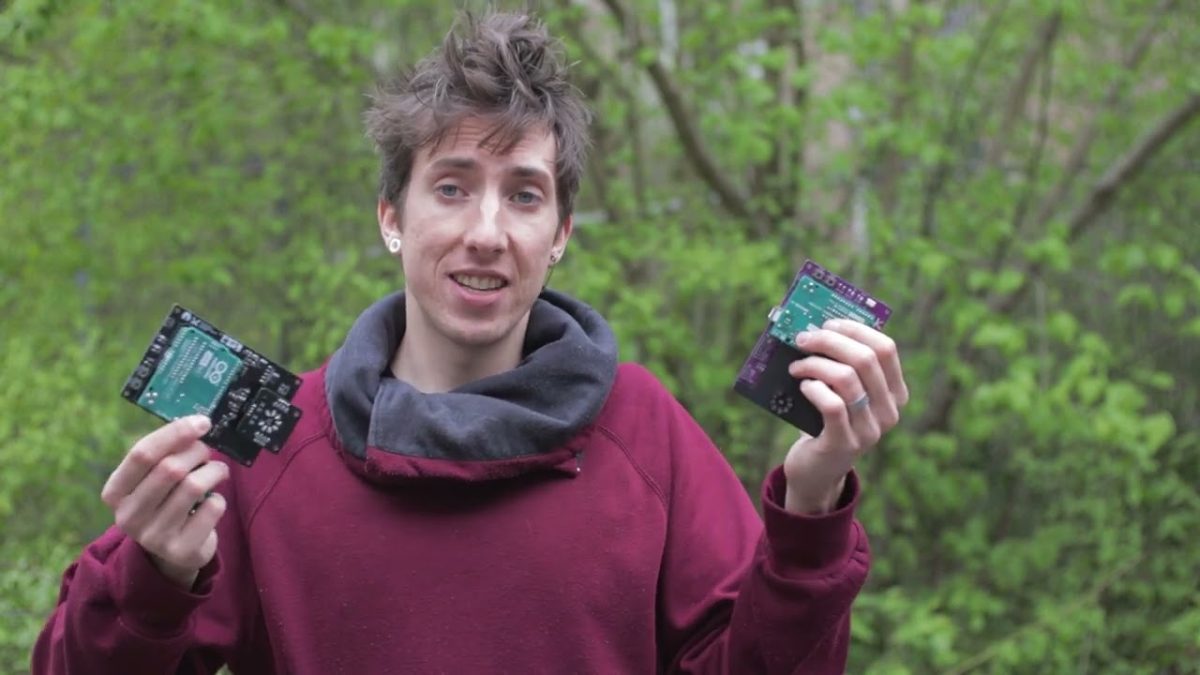Welcome to the latest update on the Plastic Scanner project! Our team has been hard at work creating a device that can identify the most common types of plastic. In the last month, we reached a major milestone when we shared our first-ever “Guess the Plastic” video. This video showcased the current state of the Plastic Scanner and the exciting developments we’ve achieved.
We used a development board that was different from the ones we previously used to capture the reference sets. We loaded new samples, which had never been scanned before, onto this board and the results were excellent! We’re very confident with the development board that we have. Our goal is to encourage others to build their own devices, but we need to talk about the electronic chips on the board.
These chips have become unavailable over time, and they’re sold out everywhere. As an open hardware project, it’s essential that others can replicate our design. We need to start looking for alternatives, and the first people to do so were Markus and Gustav. They designed a round sensor PCB, they switched to another ADC chip and proposed a new design. However, we need to verify that this design works correctly and provides accurate results before we recommend it.
That means that now we’ve made the Development Board 2.2, which is similar to the Development Board 2.1, except that it uses the chips used in the round PCB. This board has the same form factor and analog circuitry as the previous development board so we can test the difference between the chips used and the effect of changing to a different ADC.
We received the PCBs for the Development Board 2.2, and we started testing them right away. We have a first “hello world” blinking pattern working, but it will take some time to see the effects of having the other components. Once we’ve analyzed the results, we can recommend replicating this board and hopefully, the proposed new design by Markus and Gustav.
PCBWay was able to manufacture the PCBs, put the components on, and they look great. We can test and iterate more with their help and get the design out there for everyone to replicate.
Based on the reactions to the video and the data engineers eager to get started, we started scanning plastic samples. We collected over 500 scans using both an advanced spectrometer and the Plastic Scanner. We also took pictures of each sample to keep track of which one was used for which scan. All of this data is now available on GitHub, including the data set from the advanced spectrometer.
We’re happy to have this data available for analysis, and we’re looking for people to join us on Discord to help with data analysis. Together, we can clean up and process the data and feed it into an algorithm to identify the type of plastic.
These are the three most significant updates this month, and we’re excited to continue working on the Plastic Scanner project. Thank you for tuning in, and we hope to see you again next month for more updates!

